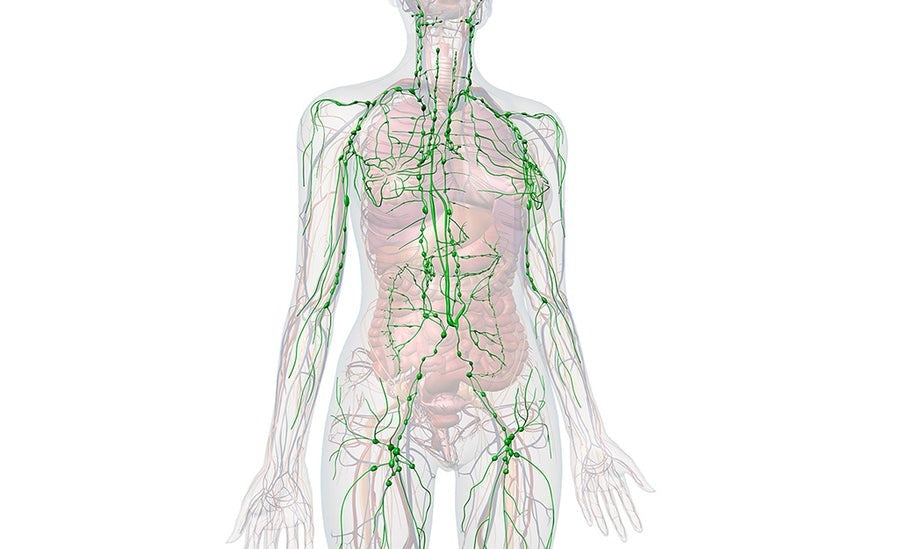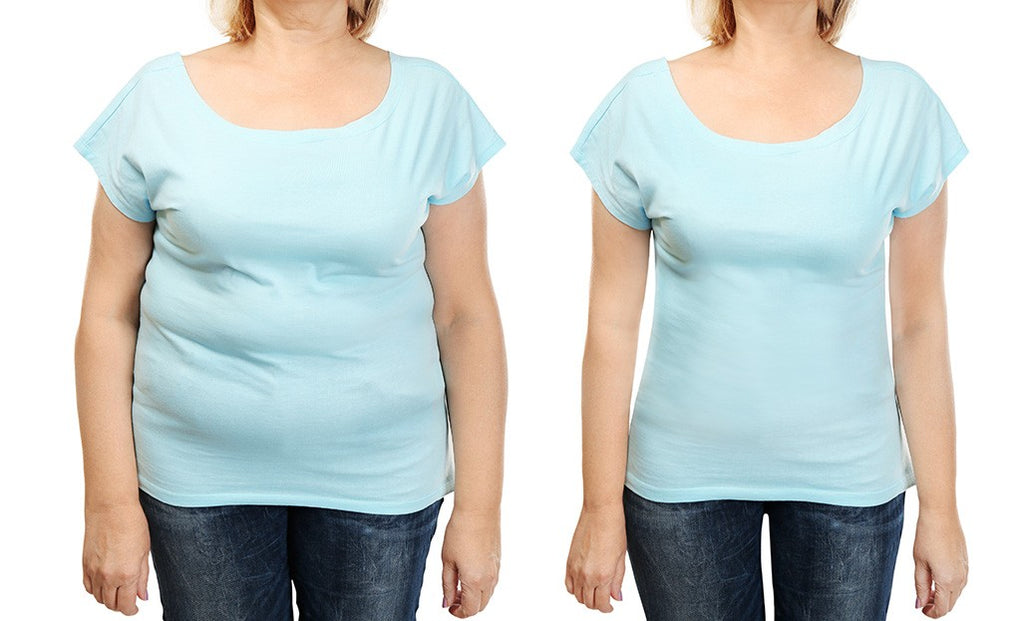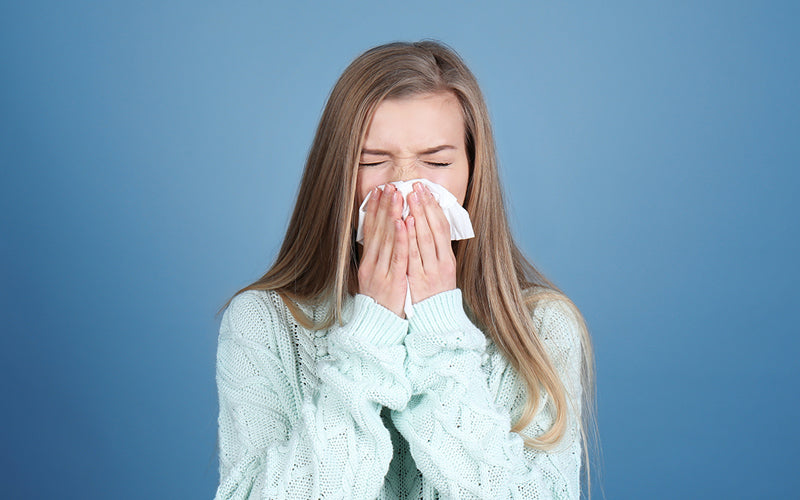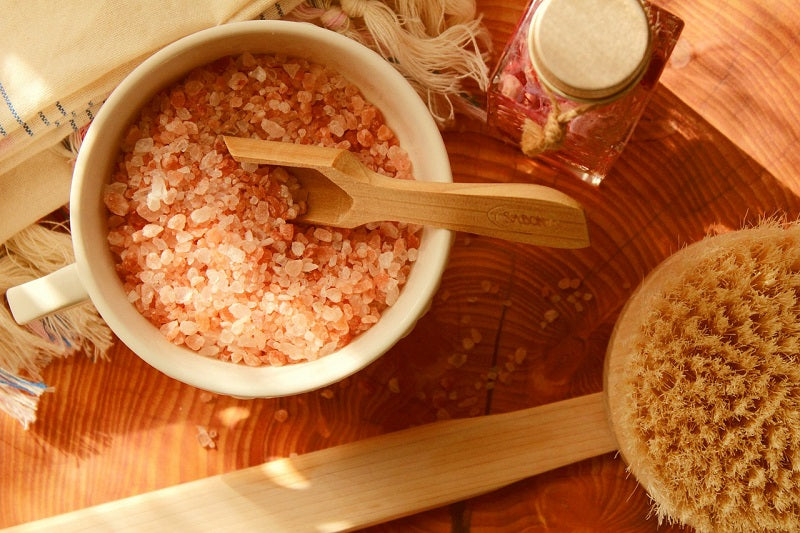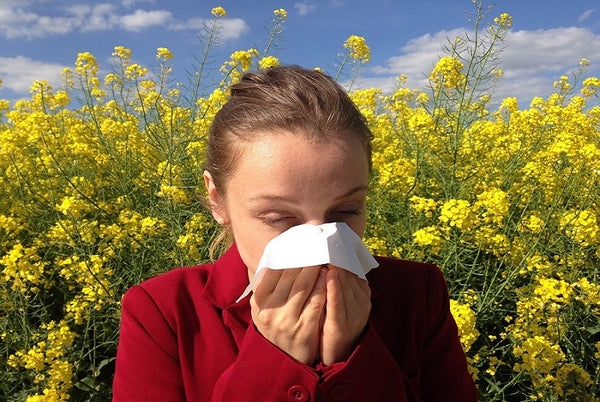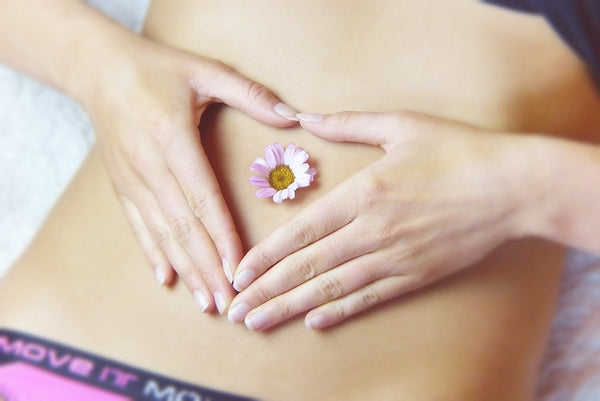14 Tips to Relieve Menstrual Cramps
Menstruation got you all cramped up? It seems part and parcel for women to associate pain with their monthly bleed. However, any pain that interferes with your daily activities isn't normal and needs further investigation. Painful menstrual cramps are a symptom of hormonal imbalance and not necessarily a disease itself.
What causes menstrual cramps?
Menstrual cramps occur due to distorted prostaglandin and leukotriene levels and a rise in vasopressin levels. These imbalances increase uterine resting tone, active pressure, and frequency of contractions, causing dysrhythmic uterine activity. This process of contraction also diminishes blood flow to the cells of the uterus. With a lack of oxygen, the cells increase ischemia and hypoxia of uterine tissues that trigger and heighten pain.
Cramping is the result of an increased amount of inflammation and decreased blood circulation.
Is it normal to experience menstrual cramps?
In fact, it's actually quite normal for younger females to notice a very small amount of cramping in their lower pelvis or back due to the release of prostaglandins. Around this time of the cycle, a healthy amount of prostaglandins creates tiny contractions in our uterus to help improve menstrual flow. Prostaglandins aren't always biased to our uterus; however, these tiny contractions can also cause our bowels to become more active, resulting in more frequent bowel movements. This means extra poo when we’re on our monthly period!
How much pain should I put up with?
Never forget that any pain is the body signalling that something isn’t quite right. Pain associated with periods may also be caused by an underlying medical condition. It’s important to see a qualified practitioner if you’re experiencing severe pain with each cycle.
How to combat menstrual cramps
- Consume a nutritious and healthy whole-food diet. Be sure to include complex carbohydrates, whole grains, complete proteins, fresh fruits and lots of vegetables. Avoid saturated fats and eliminate processed foods and refined sugars as they’re pro-inflammatory.
-
Essential fatty acids possess anti-inflammatory properties and are needed for hormone synthesis. They can be found in nuts, seeds and cold-water fish. Fish oil is exceptionally good as it contains omega 3 essential fatty acids and in particular docosahexaenoic acid (DHA), which acts on the inflammatory pathways of leukotrienes and prostaglandins.
- Switch to a dairy-free diet as much as possible. Dairy products contain a protein called A1 casein which stimulates a histaminic response and increases inflammation.
- Decrease your stress levels. Stress elevates cortisol and disrupts the intricate endocrine balance. Research has shown conclusively that meditation helps to reduce stress hormones and increases a beneficial hormone called dehydroepiandrosterone (DHEA). DHEA is the building block for hormone production.
- Magnesium can reduce the amount of prostaglandins released whilst relaxing the smooth muscles of the uterus to decrease period pain. The supplementation of magnesium can be used for both preventative and acute care.
- Zinc also has an effect on inhibiting prostaglandin levels and improving circulation to the uterus.
- Castor oil packs applied topically can relieve pain and inflammation whilst aiding the elimination and detoxification pathways of the body. By applying a castor oil pack over the abdomen, oil is absorbed by the gut-associated lymphoid tissue (GALT) through the skin and then circulated throughout the lymphatic system. This helps to improve circulation and drain any waste from the body.
- Ginger poultices help relieve pain and give warmth to the reproductive organs to reduce inflammation and stagnation of the area. Similarly to castor oil packs, poultices are applied topically to the affected area (pelvis or stomach). To keep the poultice warm, place a hot water bottle over it. Leave it in place for 15 to 20 minutes, or until cramps subside.
- Acupuncture has been scientifically proven to decrease the severity of menstrual cramps. Acupuncture helps clear energy blockages and stagnation within the body and encourages the healthy flow of ‘qi’ (energy).
- Yoga can help to reduce menstrual cramps by relaxing the nervous system, balancing our endocrine system, and increasing the flow of blood and oxygen to the reproductive organs.
- Exercise daily! Exercise helps to enhance endocrine function by improving hormone metabolism and regulating hormone production. It also helps balance your blood sugar levels. Furthermore, exercise reduces cortisol levels and releases all the tension and stress stored in your body.
-
The phytomedicines used in Happy Hormones act by balancing the body's own internal control mechanisms. These include the endocrine system, receptor sites, and nutrient status, as well as our detoxification and excretion capabilities. Treating the cause of the symptoms and not just the symptoms themselves allows for a more profound level of healing.
- Swap to a menstrual cup! A menstrual cup is a bell-shaped cup that gives you a comfortable, safe, odourless and eco-friendly way to manage your flow for up to 12 hours a day. It’s made from hospital-grade silicone and is completely safe, reusable and lasts for several years. Menstrual cups are also chemical, latex and BPA free. This means less time and money spent on feminine care products and less rubbish for planet earth. Also, many women report a lighter flow and less pain when using a cup compared to tampons.
- Reduce your exposure to endocrine-disrupting chemicals (EDCs). EDCs mimic or partly mimic naturally occurring hormones in the body like oestrogens (the female sex hormone), androgens (the male sex hormone), and thyroid hormones, potentially causing overstimulation. For tips on how to reduce your exposure to EDCs, check out this article on environmental toxins.
Summary
You need not contend with menstrual cramps every time you get your monthly period. With the right combination of a whole-food diet, exercise, healthy lifestyle practices and natural pain relief solutions, you can attain better hormone balance each and every single day of your monthly cycle!
REFERENCES
Teimoori B, Ghasemi M, Hoseini ZS, & Razavi M. (2016). The Efficacy of Zinc Administration in the Treatment of Primary Dysmenorrhea. Oman medical journal, 31(2), 107–111.
https://pubmed.ncbi.nlm.nih.gov/27168920/
Boyle NB, Lawton C, & Dye L. (2017). The Effects of Magnesium Supplementation on Subjective Anxiety and Stress-A Systematic Review. Nutrients, 9(5), 429.
https://www.ncbi.nlm.nih.gov/pmc/articles/PMC5452159/
Arablou T & Kolahdouz-Mohammadi R. (2018). Curcumin and endometriosis: Review on potential roles and molecular mechanisms. Biomedicine & pharmacotherapy = Biomedecine & pharmacotherapie, 97, 91–97.
https://pubmed.ncbi.nlm.nih.gov/29080464/
Stephens MA, Mahon PB, McCaul ME, & WandGS. (2016). Hypothalamic-pituitary-adrenal axis response to acute psychosocial stress: Effects of biological sex and circulating sex hormones. Psychoneuroendocrinology, 66, 47–55.
https://pubmed.ncbi.nlm.nih.gov/26773400/
Ul Haq MR, Kapila R, Sharma R, Saliganti V, & Kapila S. (2014). Comparative evaluation of cow β-casein variants (A1/A2) consumption on Th2-mediated inflammatory response in mouse gut. European journal of nutrition, 53(4), 1039–1049.
https://pubmed.ncbi.nlm.nih.gov/24166511/
McCabe D, Lisy K, Lockwood C & Colbeck M. (2017). The impact of essential fatty acid, B vitamins, vitamin C, magnesium and zinc supplementation on stress levels in women: a systematic review. JBI database of systematic reviews and implementation reports, 15(2), 402–453.
https://pubmed.ncbi.nlm.nih.gov/28178022/
Yang NY & Kim SD (2016). Effects of a Yoga Program on Menstrual Cramps and Menstrual Distress in Undergraduate Students with Primary Dysmenorrhea: A Single-Blind, Randomized Controlled Trial. Journal of alternative and complementary medicine (New York, N.Y.), 22(9), 732–738.
https://pubmed.ncbi.nlm.nih.gov/27315239/
Woo HL et al. (2018). The efficacy and safety of acupuncture in women with primary dysmenorrhea: A systematic review and meta-analysis. Medicine, 97(23), e11007.
https://pubmed.ncbi.nlm.nih.gov/29879061/



